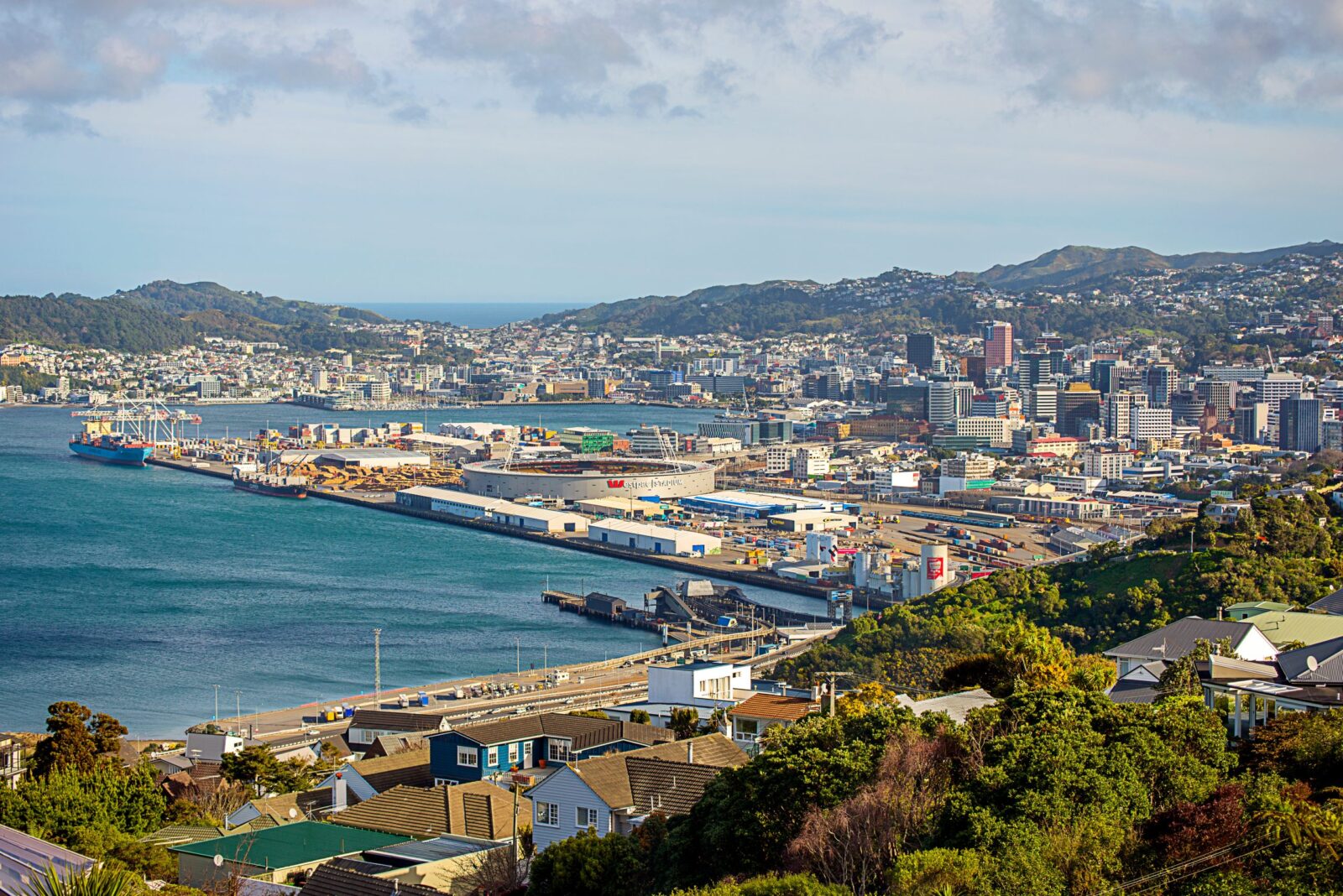Featured Article, Landlords, Newsroom
Wellington’s rental market is still quite competitive | Rentals Market Update | March 2023

[row]
[col span__sm=”12″]
Currently, Wellington’s rental market is still quite competitive, with high demand and limited availability driving up rent. Students, young professionals, and families continue to move to the city as a result of its prosperous economy, diverse culture, and appealing lifestyle. With over 950 listings currently available in Wellington City, which has historically experienced a shortage of rental properties and high rent as a result, the time it takes to find a resident has remained stable at 4-6 weeks.
According to the most recent Trade Me Property data, rent in Aotearoa began 2023 at an all-time high, with the national median weekly rent reaching $595 in January. The regions of Auckland ($630) and Wellington ($660) also recorded their highest ever median weekly rents last month, in addition to the new national record. Residents will undoubtedly feel the sting in their pockets alongside other cost-of-living hikes. Looking around the country, Christchurch City (with a similar population to Wellington) has approximately 642 active listings, whereas Auckland has roughly 3,164.

So, what is happening to the rental market?
According to the most recent Trade Me Property data, the national median weekly rent jumped 4% year over year last month. This follows four stagnant months where the national median weekly rent remained at $580 throughout the last quarter of 2022. Since January of this year, the national median weekly rent has comfortably hovered between $570 and $580. In comparison to the same month a year ago, Wellington was one of a few regions where the median weekly rent increased. For residents in these areas, where rents have skyrocketed recently, this will be a tough pill to swallow.
Over the past five years, Wellington’s median weekly rent has increased by 33%. The region is currently exceeding national price rises given that the country’s median weekly rent has climbed by 28% during the last five years. With a 31% increase year over year, there were more rentals advertised onsite last month than at any other time in history. In January, there were 1% more rental listings nationwide than the previous month. Although this is less than in prior months, this now represents 10 straight months of supply increases. The second-largest increase was in the Capital, where the supply increased by 40% in the Wellington area with the region’s steady rent prices indicate more options for renters.
Last month, the Wellington region stood out. The median weekly rent for an urban property in the Capital remained at $590 during the past year without changing. Further analysis reveals that the region’s rentals for homes (-3%) and apartments (-2%) decreased year over year. The Wellington region was the outlier when it came to rental pricing for urban homes, experiencing a 4% decline in the median weekly rent for large properties during a 12-month period. The median weekly rent for small residences (1-2 bedrooms) in Wellington hit a record high of $580, while rents for medium-sized properties in the area were unchanged from the year before.

Trade Me figures show the number of rental listings nationwide increased by 8% last month compared to the previous year. The supply in the rental market has been steady over the previous few months, with a few locations around the nation consistently experiencing enormous year-over-year gains. For the third consecutive month Wellington led the charge, experiencing the greatest increase in rentals nationwide of 40%. The range of stock, predominately in the 1–2-bedroom market has given residents a range of choice with modernness and location being their two deciding factors.
According to recent data, the average weekly rent for a one-bedroom apartment in Wellington is around $450, while a two-bedroom apartment can cost anywhere between $600 and $800 per week. However, prices can vary widely depending on the location, age, and condition of the property.
The central city suburbs, such as Te Aro, Mount Victoria, and Thorndon, remain the most expensive areas to rent, with average weekly rents ranging from $600 to $900 for a two-bedroom apartment. On the other hand, some of the more affordable suburbs, such as Newtown, Miramar, and Tawa, still offer some good value for renters, with average weekly rents around $450 to $600.
One trend that has emerged in recent years is the increasing popularity of co-living and shared housing arrangements. With rental prices continuing to rise, more and more renters are opting to share a house or apartment with others to help lower costs. This trend has also led to the rise of co-living spaces and purpose-built shared accommodation, which offer communal spaces, amenities, and flexible lease terms.
[/col]
[/row]
Explore more posts like this one
View more
November 14, 2025
Wellington Rental Market Update | November 2025

November 11, 2025
Pet Friendly Rental Rules Are on the Way!

October 14, 2025
Wellington Rental Market Comment | October 2025
